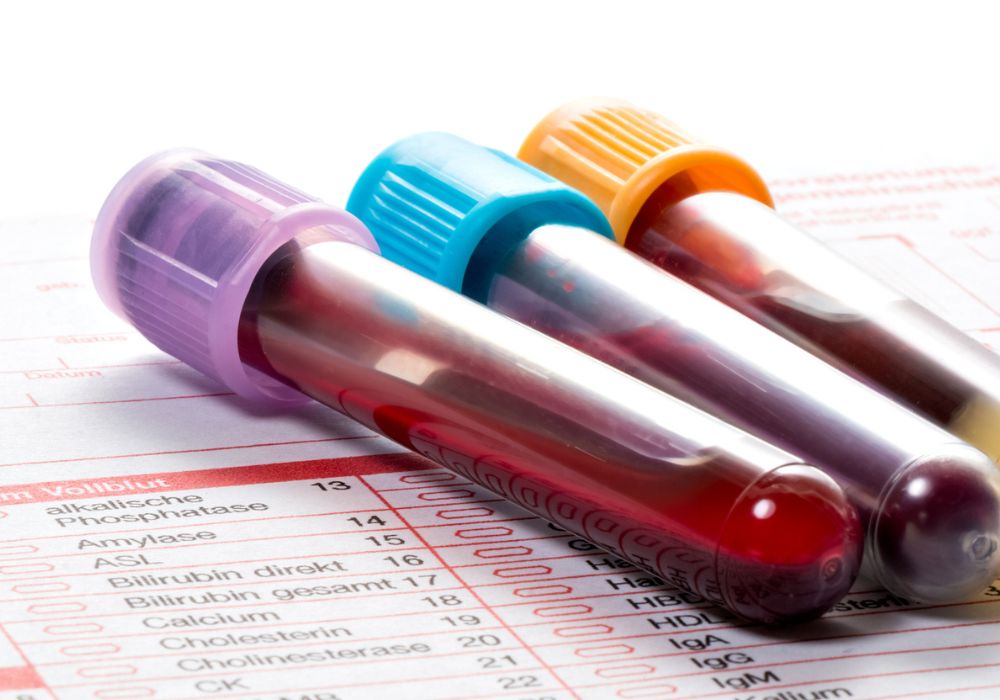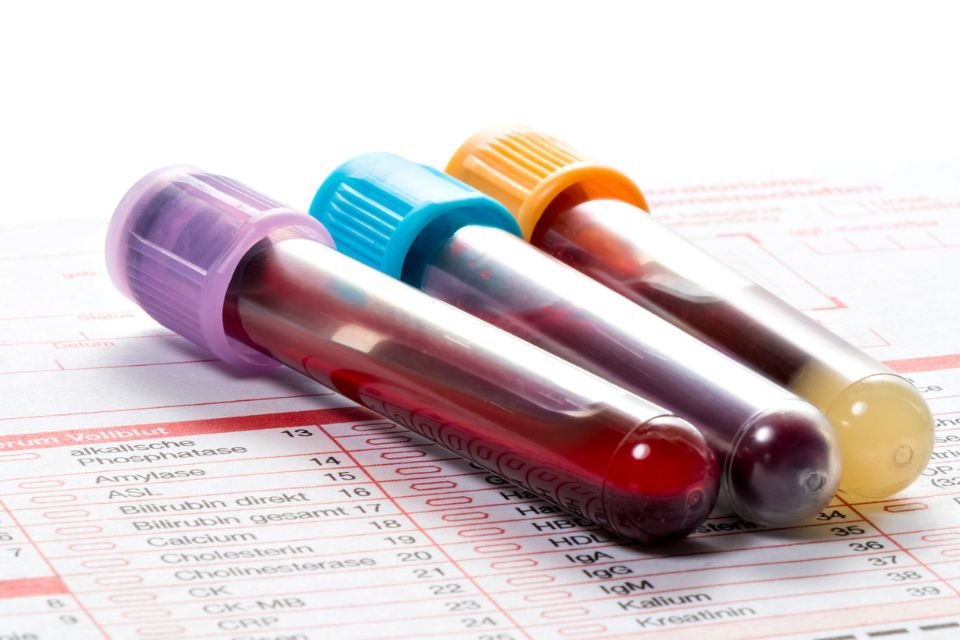It was recently published in the magazine Scientific ReportsVerification of complete blood count at the point of care (POCT), affiliated with the Nature group. I had the opportunity to participate in this study with other scientists and researchers working in health technology where I led the healthcare team. With the capillary blood sampling method, a report is prepared in 30 minutes, similar to what is done with glucometers (self-diabetes test).
These next-generation tests have the potential to resolve system bottlenecks and provide the next evolutionary leap for laboratories in blood count application.
HE First evolutionary leap in hematological analysis was involved in the automation of the test, which allowed it to scale up and be implemented in the current format. With this next evolutionary leap that POCT will promote, there will be a direct change in the patient’s journey that will have easier, more convenient and faster results.
The blood count is the most requested test in clinical laboratory practice. This is no coincidence as it provides so much information about blood components. The examination is useful for detecting and monitoring various diseases and conditions, but this was not always the case.
It has been used in the past in a few situations due to the manual nature of analysis using a microscope. Today, it is a widely available and accessible test applied in routine medical practice or in the context of emergencies.
However, there are still some difficulties, such as: collection method; result time; Availability in remote areas or in the general system. And it is precisely these barriers that drive innovation.
blood count date
1st The hemogram was designed by optical microscopy in 1852, in the middle of the 19th century.. Back then, every exam required manual preparation of slides and cell counts. This is the analog generation of the exam. Obviously, this format did not allow use at scale, causing the exam to be limited to very specific situations.
- Learn about all blood types and the key differences between them.
In 1874, the hemocytometer, a device for counting cells, was created that simplified the preparation and analysis of tests. At the end of the century, the first dyes for cell differentiation were developed, which are still used today.
The 1st automatic test was created in the 1920s, but the 2nd generation of the test was actually created in the 1950s with the advent of electrical impedance, a technology that allowed an evolution. The processing capacity has been dramatically increased, making it possible to apply the test in a variety of situations.
Looking at the figures for supplementary exams in Brazil, about 2 billion transactions were made in 2021 alone. Based on data from the United Health System (SUS) and the USA National Institute for Complementary Health (ANS), blood counts account for 8% to 10% of all laboratory tests, and practically 50% of medical requests involve examination.
For this reason, much progress has been made in the technique of blood counting and therefore its application. However, there are still situations and contexts where the current model is not ideal.
In an emergency or emergency setting, the time between the test request and the result should be as short as possible. However, even in reference institutions, results are rarely obtained in less than 2 hours. In most health institutions, this waiting period is more than 6 hours.
This same factor has a direct impact on the journey of the patient who needs a medical request today, who wants to go to a lab to get a sample, get the result a few hours or days later, and make a new medical appointment.
This whole process can take weeks or even more than a month. In elective situations this may not be a big deal, but it directly affects an oncological patient who needs, for example, a blood count at every chemotherapy session he administers.
venous collection
Venous collection is a procedure that fits very well with the current laboratory model, as it is linked to a central operational technical core. High volumes of biological samples, such as 10 ml or 20 ml, are required to facilitate handling and dispensing of the test in different equipment. However, this is not the most appropriate recommendation for the patient, as venous collection causes discomfort, fear and pain, especially in children.
Capillary puncture collection is already a reality, for example, for blood glucose and human immunodeficiency virus (HIV) tests, but not for other tests.
This change is already possible, but in fact, it has not yet occurred due to the difficulty of changing the logistical process and the technical limitation of the current laboratory structure prepared for large volumes of biological samples.
- What do I need to know before donating blood?

3rd generation hemogram
The next evolutionary leap in blood count should create a direct change in the patient’s journey, which will ultimately lead to greater ease, convenience and speed. Today, the time between the request, collection and test result of a patient undergoing chemotherapy is from 24 hours to 72 hours. This result is necessary to plan the next treatment cycle.
With In the new generation, this process will take less than 1 hour and will allow consultation, examination and chemotherapy infusion to take place in the same place.. The pediatric patient will also benefit as the technique is less painful, convenient and requires less sample volume.
These are just two examples of countless other applications that deliver faster and immediate results in medical practices, ambulances and emergency rooms.
Source: Tec Mundo
I am Bret Jackson, a professional journalist and author for Gadget Onus, where I specialize in writing about the gaming industry. With over 6 years of experience in my field, I have built up an extensive portfolio that ranges from reviews to interviews with top figures within the industry. My work has been featured on various news sites, providing readers with insightful analysis regarding the current state of gaming culture.











